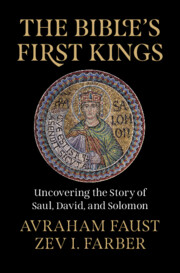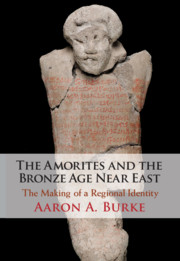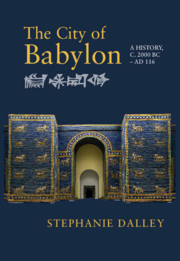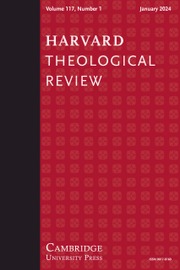The Bible's First Kings
Saul, David, and Solomon are dominant figures in the Hebrew Bible, rulers of an expanding Israelite polity before it dissolved into two separate kingdoms. Saul's paranoid jealousy, David's killing the Philistine champion Goliath with a slingshot, and Solomon's meeting the Queen of Sheba are familiar stories to many people, but what is the truth behind the texts? While scholars long believed these three monarchs to have been historical personalities, over the past three decades many have questioned the historicity of this United Monarchy, some doubting even the existence of its founding fathers. Building on a vast amount of archaeological evidence, this book robustly argues that the Israelite kingdom of the Bible was a real mini-empire, and that Saul, David, and Solomon were kings of consequence – even if the biblical stories reimagine their lives to glorify and vilify them. Combining fresh archaeological evidence with astute readings of key texts, the authors offer a compelling reconstruction of this fascinating ancient polity which, though it lasted less than a hundred years, has bequeathed a remarkable religious and cultural legacy to the western world. Written in a clear and engaging style, this book will be of interest to scholars and general audiences alike.
- Provides a detailed and sophisticated answer to the intriguing question of the historicity of the united monarchy, and the existence and actions of its famous biblical kings Saul, David, and Solomon
- Presents readers with a complex and complete picture of the United Monarchy, pieced together from innovative and thought-provoking ideas, many of which are presented in the book for the first time
- It is an interdisciplinary study that combines detailed and up-to-date archaeological information with critical Bible analysis, and ethnographic data
Product details
February 2025Hardback
9781009526333
464 pages
235 × 163 × 31 mm
0.81kg
Not yet published - available from February 2025
Table of Contents
- Part A. The United Monarchy in the Bible and Contemporary Scholarship:
- 1. Israel's united monarchy: the biblical story
- 2. Untangling the threads of the biblical account with literary critical scholarship
- 3. Deconstructing (and reconstructing) the United Monarchy as historical: passing the baton to archaeology
- Excursus 3.1. Biblical timeline, philistines, radiocarbon dating, and the united monarchy: the rise and fall of the low chronology
- Part B. The Archaeology of the Tenth Century BCE:
- 4. Abandoned rural villages and the beginning of highlands fortifications
- 5. Ceramic repertoire and social change in Philistia and Israel
- 6. Resettling the Shephelah
- Excursus 6.1. The architecture of power and the longitudinal four-space house
- 7. What happened to Philistia in the tenth century?
- 8. Building in the swamps of the Sharon plain
- Excursus 8.1. Israelite expansion and the disappearance of temples
- Excursus 8.2. On the dating of the Sharon sites
- 9. The Beersheba valley, the settlement of the Negev highlands, and the copper mines of Edom
- 10. Edom, Moab, Ammon and the Gilead: a brief overview of the Transjordan
- Excursus 10.1. Israelites or not? The highland polity and the changing faces of identity
- 11. The cities and villages of the northern valleys
- 12. The Galilee and the Phoenicians
- Excursus 12.1. The second wave of abandonment: The fingerprints of the highland polity
- Part C. A New Paradigm
- 13. The (re)appearance of Solomon: the archaeology of the united monarchy
- 14. David's empire? The highland polity in historical and anthropological perspect
- 15. From tribe to empire to state: synthesis of archaeological, anthropological, and biblical data
- 16. Israel's highland polity: an attempt at history
- Afterword.






